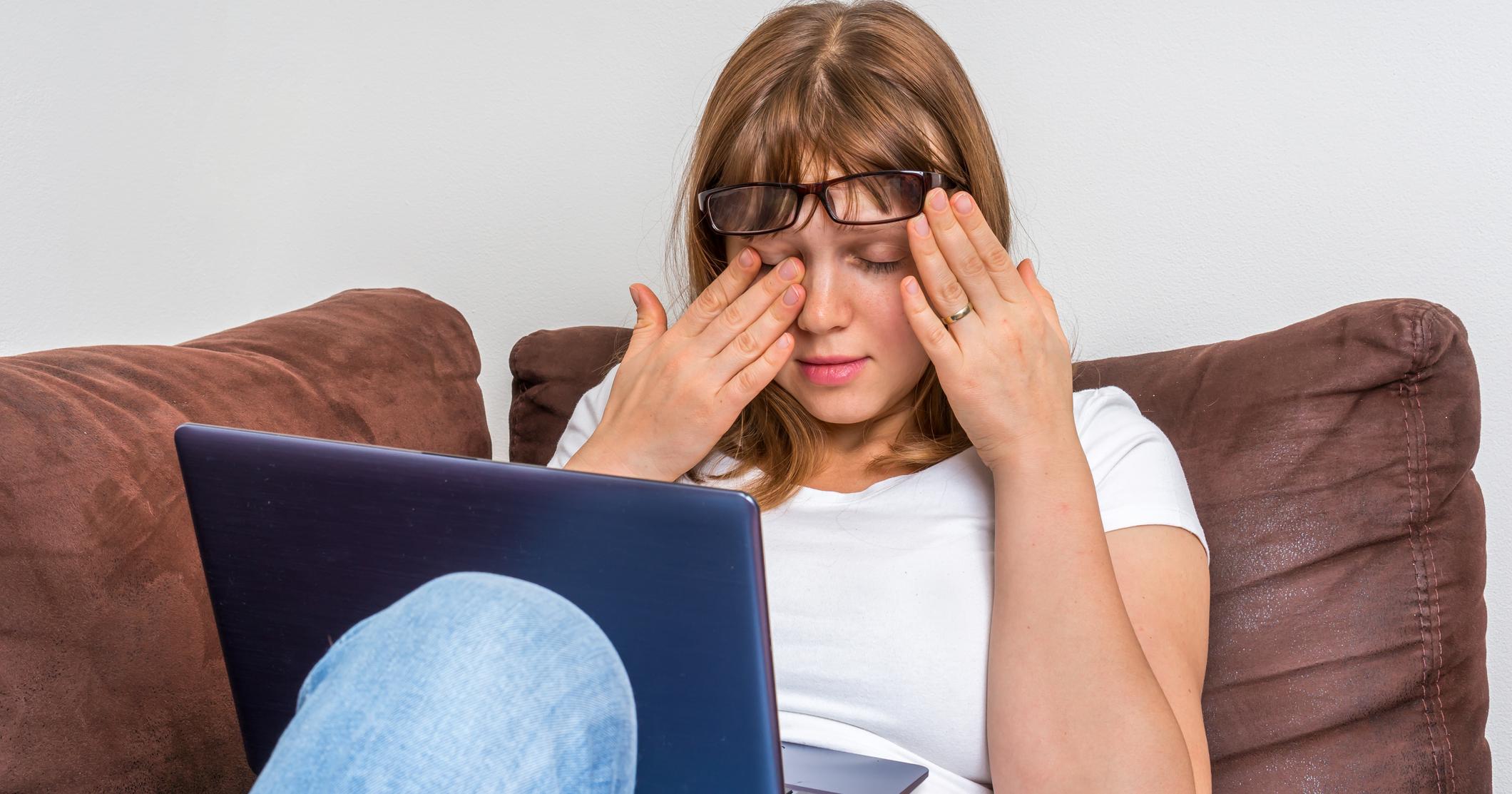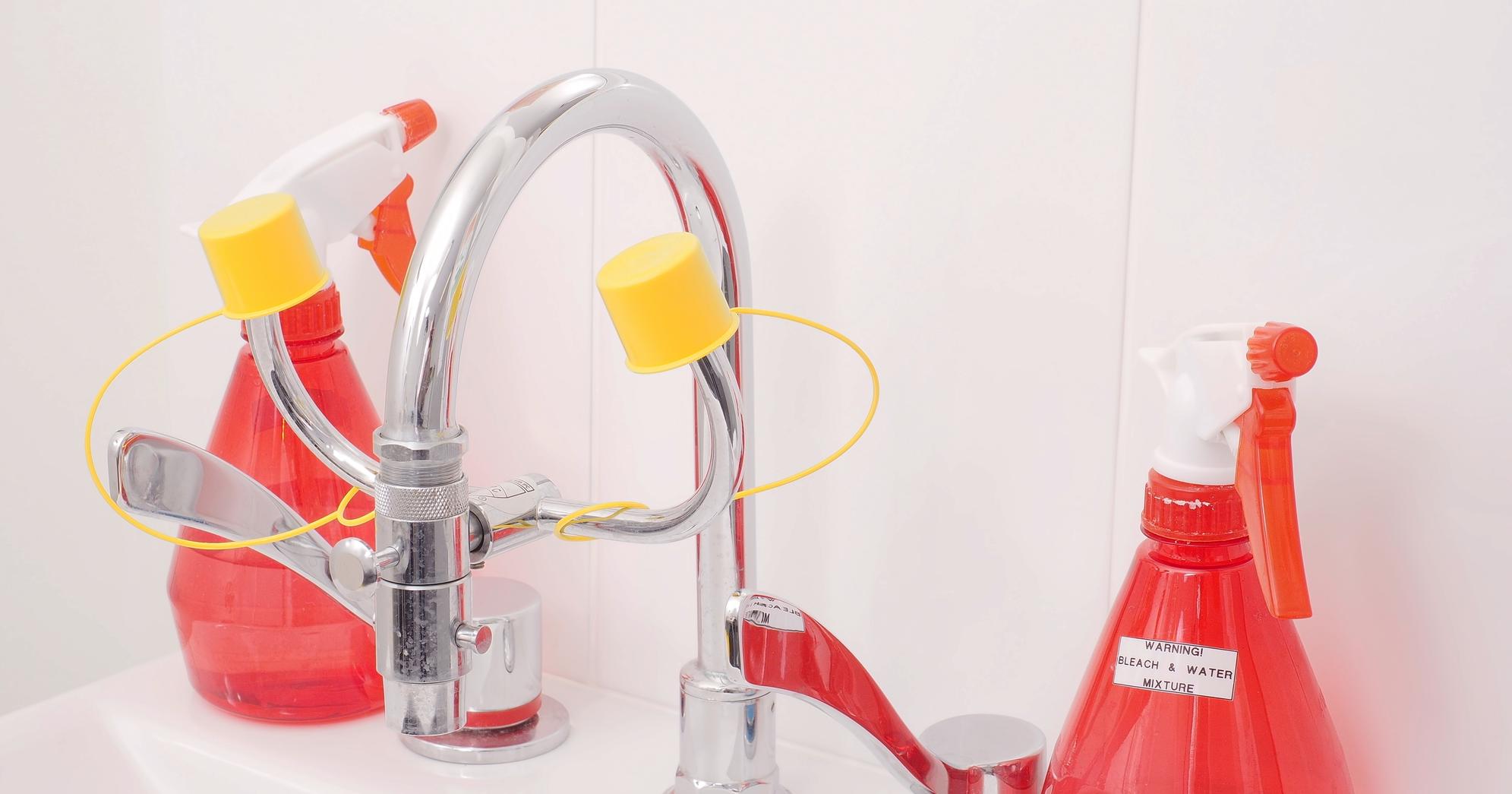How To Treat A Corneal Abrasion
Developing searing pain, blurred vision, eye redness, or sensitivity to light after getting something stuck in the eye may be the result of a scratched cornea. The cornea is a clear, glassy coating along the front of the eye, and it is very sensitive. If even the slightest bit of debris gets in an individual's eye, it can scratch the cornea and temporarily affect their vision. Fortunately, corneal abrasions heal much faster than scrapes on other parts of the body. Here are a few things individuals can do to treat a corneal abrasion now.
Avoid Rubbing The Eye

One of the most important things to do for a corneal abrasion is avoid rubbing the eye, but this can actually be challenging. Individuals might instinctively feel like rubbing their eye if they think there is something in there, but the added pressure can worsen the abrasion or further scratch the cornea if there is still something in their eye. Eye rubbing is also problematic because their fingers may introduce bacteria to their eye and cause an infection that further delays healing. Sadly, not rubbing the eyes is often easier said than done. Doctors may suggest wearing an eye patch for a few days, which will remind patients not to rub their eye every time they want to, and it can protect the eye from unconscious rubbing while they are sleeping. Other tricks for not rubbing the eyes while waiting for a corneal abrasion to heal include wearing gloves or playing with a fidget toy to keep the hands busy.
Uncover the next option for treating a corneal abrasion now.
Flush The Eye With Saline

The best way of getting something out of the eye without worsening a corneal abrasion is by flushing it. When individuals flush the eye with saline, they are essentially running liquid over the surface of the eye to wash away foreign materials. Another benefit is saline solutions have a lightly antibacterial effect, so they can help reduce the risk of infection. Patients who want to try this option should avoid using a homemade saline solution because there are cases where individuals have gotten infections from trying to use tap water. Instead, patients must use a saline solution specifically designed for cleaning the eye or a contact lens solution. They will also need to hold their eye open and allow the saline solution to flow over the eye freely. If desired, they may blink away the excess saline and repeat the flushing method a few times to thoroughly clear the eye. Patients can do this whenever they feel like something is in their eye, so it is a good way of dealing with eye discomfort without rubbing them.
Learn more about treating corneal abrasions now.
